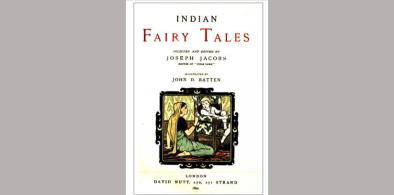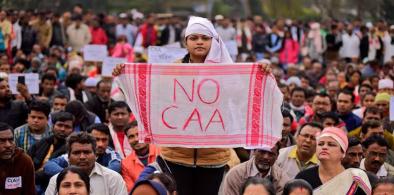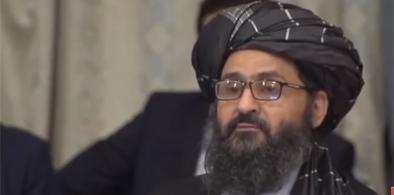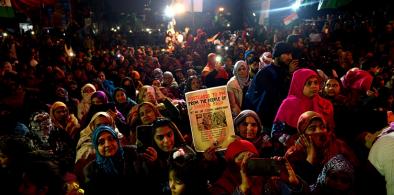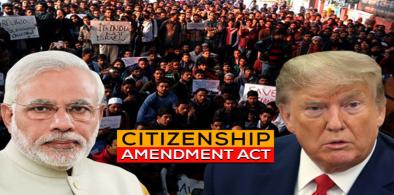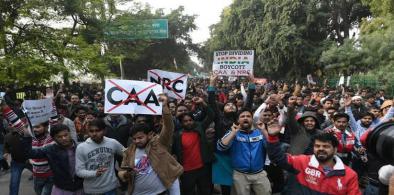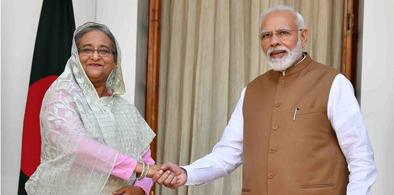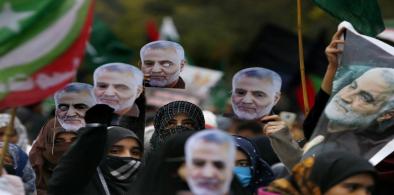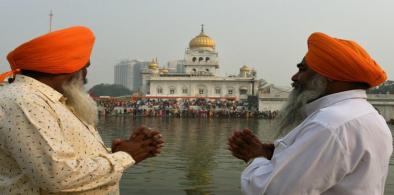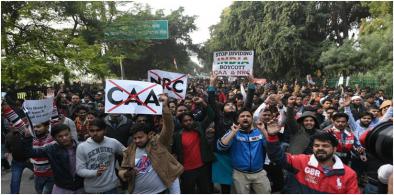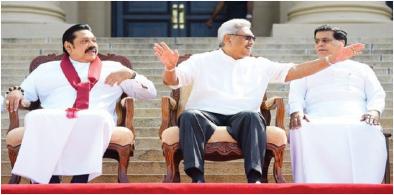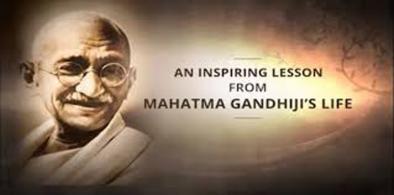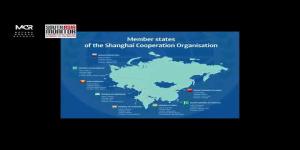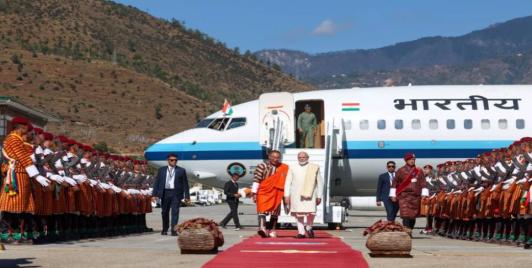
India-Bhutan Relationship Offers A Constructive Model For South Asia And A Peaceful Himalayan Region
Beyond India–Bhutan relations, the visit conveys a wider message to South Asia: cooperation grounded in respect, development, and stability remains essential in an uncertain global environment. As the region evolves, India appears to recognize the importance of maintaining strong partnerships without pressuring smaller neighbors or escalating strategic competition.
Red Fort Blast: India Facing A New Form Of Jihad?
The involvement of four doctors, one of whom allegedly executed the Red Fort blast, indicates a model that blends 'inspired' radicalisation with limited external facilitation. Interactions with certain outfits, Kashmiri terror commanders, and external handlers—if confirmed—point to an infrastructure that encourages attacks while maintaining plausible deniability.
The Nuclear Reckoning: Moment Of Awakening For India
It is time for India, along with like-minded nations across Asia, Africa, and Latin America, to articulate a shared agenda of non-alignment 2.0, not as a posture of neutrality but as a strategy of autonomy. The original Non-Aligned Movement (NAM) emerged from the Cold War’s bipolar tension; its modern counterpart must respond to multipolar volatility.
Endangered Indigenous Languages of South Asia: With Dominant Languages Replacing Mother Tongue, Are They Doomed To Die?
The world over, as is evident from the Atlas of endangered languages, there is a thrust of the dominant languages taking a precedence and most of the endangered languages are likely to disappear by 2100. Soon, possibly in the near future, the grand and great grand-children of the present generation may not be able to tell the story of their own mother tongue. Some of these languages will be lost forever and will only be limited to the pages of gazetteers and history books.
What is drawing Iran and Taliban closer?
The Taliban has never been happy about Iran’s cultural influence in Afghanistan. When the Taliban ruled Afghanistan, they rejected any cultural links between Iran and Afghanistan and ignored Iran’s interests, writes Zahid Aria for South Asia Monitor
The profound symbolism of the Shaheen Bagh protests
The world must note the significance of the Shaheen Bagh phenomenon, as it highlights the power of Gandhian non-violent and secular protests in the face of the formidable State machinery, writes Brigadier Deepak Sethi (retd) for South Asia Monitor
Was India's controversial citizenship act modeled on US legislation?
External Affairs Minister S Jaishankar missed an opportunity at the news conference with Secretary of State Mike Pompeo and the two other participants at last month’s 2+2 strategic dialogue to clearly explain India’s goals behind the CAA in the rare opportunity he got to make the case in public before the US media, writes Arul Louis for South Asia Monitor
Is India heading for a constitutional crisis over CAA?
Nearly all the non-BJP state governments have ruled out implementing the two measures, thereby preparing the battlefield for an unprecedented confrontation which will shake up the federal polity, writes Amulya Ganguli for South Asia Monitor
Cracking down on student protests augurs ill for Indian democracy
The dissent by young India is being cast as a diabolical anti-national act, even while many of the leaders in the BJP led government cut their teeth in politics during their student days, writes C Uday Bhaskar for South Asia Monitor
On CAA, India has scored a self-goal with friendly neighbours
Can India challenge the sovereignty of other nations and think of living peacefully with them, asks Mahendra Ved for South Asia Monitor
Soleimani’s killing and regional implications: Will the winners be China, Pakistan?
US Secretary of State Michael Pompeo spoke to Pakistani army chief Qamar J Bajwa on January 3, immediately after Soleimani’s killing, seeking Pakistani support, writes Lt Gen Prakash Katoch (retd) for South Asia Monitor
Assam: Betrayed by politicians, united strongly in anti-CAA protest
The issue of illegal immigrants, from Bangladesh to be precise, is, therefore, an old wound for the Assamese people. For someone familiar with the geography of the state, the changing demography is hard to miss, writes Azera Parveen Rahman for South Asia Monitor
Attack on Sikh shrine exposes Pakistan’s disdain for minorities
The 'deep state' and the Imran Khan government should care about the pitiable condition of minorities in their own country instead of worrying about Muslim and Sikh minorities in India, writes Jai Kumar Verma for South Asia Monitor
CAA has hurt India’s foreign policy and global image
The lack of homework by the Modi government on the adverse implications of the CAA is now clearly visible both domestically and internationally, writes Alakh Ranjan for South Asia Monitor
The Rajapaksas return in Sri Lanka: Should India be worried?
Sri Lanka is at the centre of the IOR and the country which will have greater stakes and leverage over this island nation will have an edge in the Indian Ocean, writes Alakh Ranjan for South Asia Monitor
Needed political will to solve Delhi's pollution crisis
There are enough existing solutions to alleviate air pollution which is a result of a waste-disposal problem. However, there is a need to have political and administrative will to implement them, writes Anil Rajvanshi for South Asia Monitor
India and Bhutan explore new areas of engagement
India understands the needs of Bhutan and is equally willing to diversify the relationship beyond hydropower. During his last visit, Modi showed India’s intent towards the diversification of bilateral relations, writes Alakh Ranjan for South Asia Monitor
Policy lessons from Mahatma Gandhi: Decentralised development and sustainable living
Gandhi was an engineer at heart. He improvised and built equipment like better snake-catching tools, small cotton-spinning wheel (takli) and chappals (sandals) from used tires. In 1929, he even instituted an INR one lakh prize (INR 20 crores in today’s value; 2.6 times bigger than the Nobel Prize) for the design of a modern charkha (spinning wheel), writes Anil K Rajvanshi for South Asia Monitor





